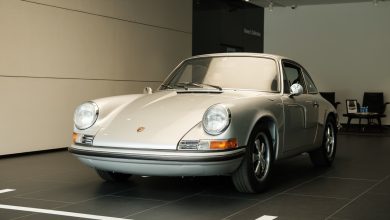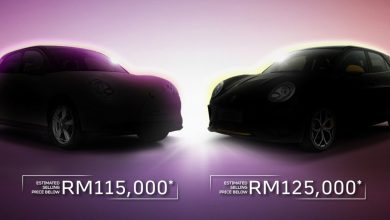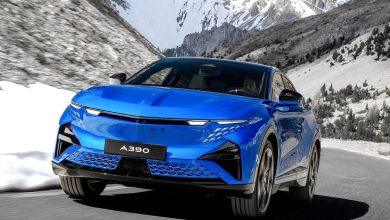Toyota’s New Supra….does not impress us!
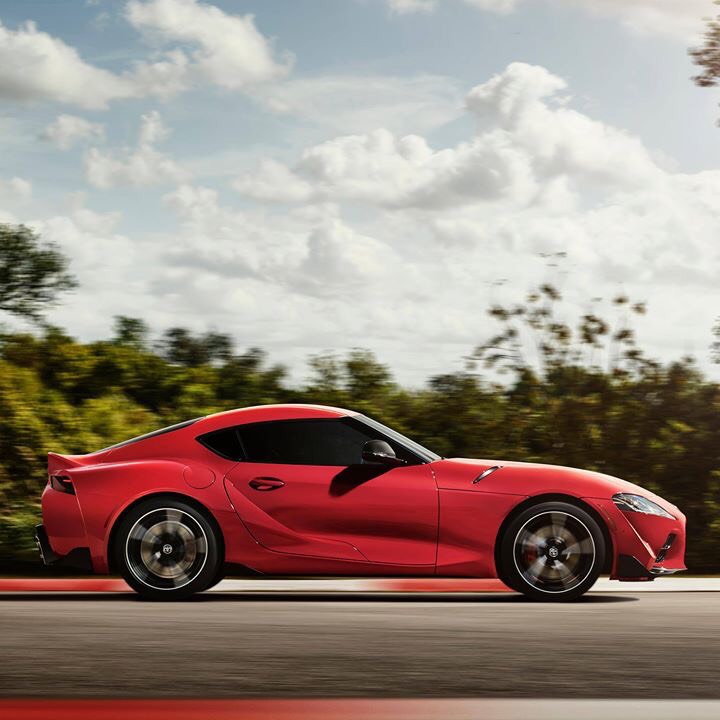
Toyota has just premiered its much-anticipated all-new Supra today at the 2019 North American International Auto Show in Detroit. Sales in Japan of the new Supra are slated to start around spring 2019. After all the months of hype, we are not that taken by this new Supra and still prefer the last generation Supra. This looks more like a more aggressive GT86 and its design will bore very quickly.
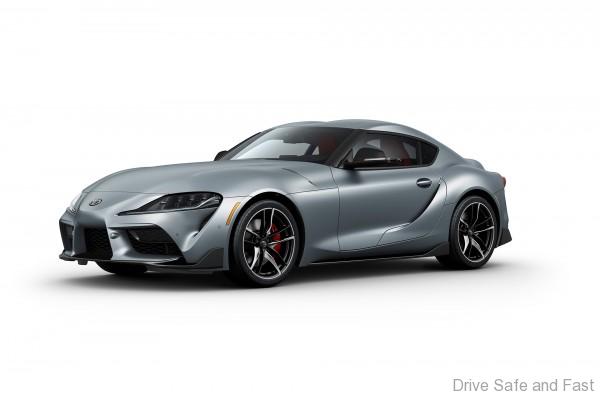
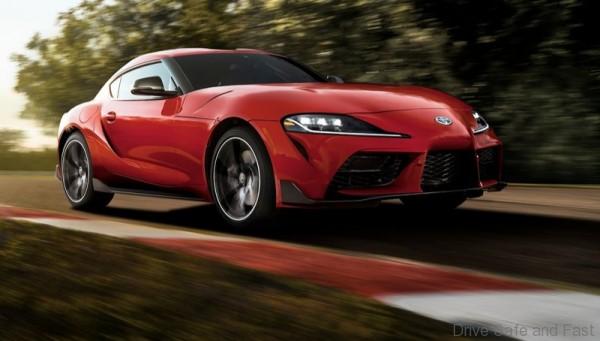
By now, it’s no secret that this Supra was codeveloped with the Z4, but the two cars are significantly different in meaningful ways.
The all-new fifth-generation Supra marks the end of a 17-year hiatus since the conclusion of production of the previous generation in 2002.
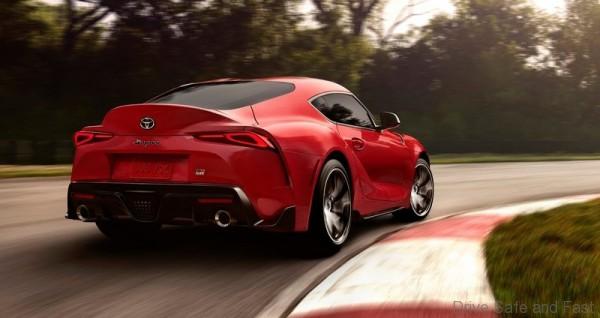
Ever since the Supra’s inception in 1978, all generations have been front-engine, rear-wheel-drive vehicles powered by an inline six-cylinder engine. The latest rendition is no exception. This time around, using more than a little help from BMW.
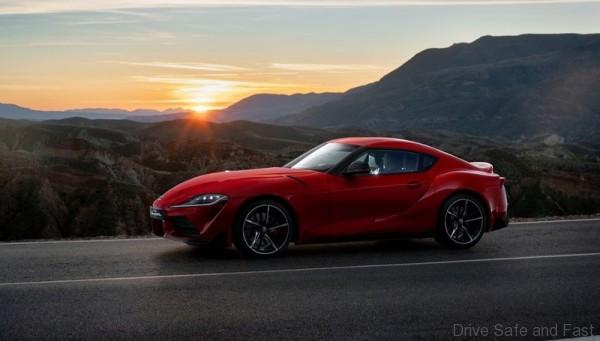
The tradition of an inline, six-cylinder engine found in successive generations of the Supra is carried on in the form of a 3-liter, inline-6, twin-scroll turbocharged engine. Maximum torque of 500 N・m is produced at a low engine revolution of 1,600 rpm, allowing exhilaration from acceleration that perfectly matches expectations in line with accelerator-pedal operation.

Available are two differently tuned 2.0-liter, inline-4, twin-scroll turbocharged engines. One, with a high-performance maximum output of 258 PS, is ideal for light, sporty driving, while the other, which musters 197 PS, allows for a brisk driving sensation from in-town to highway.
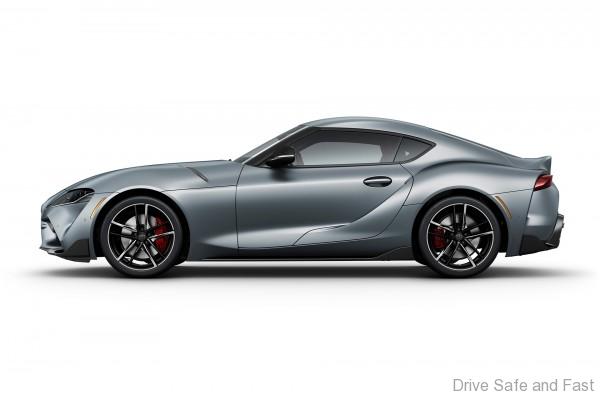
To achieve excellent handling and a stable cornering stance, the three elements of wheelbase, tread, and center of gravity were positioned as the most important factors in pursuing the ideal conception of a pure sports car.
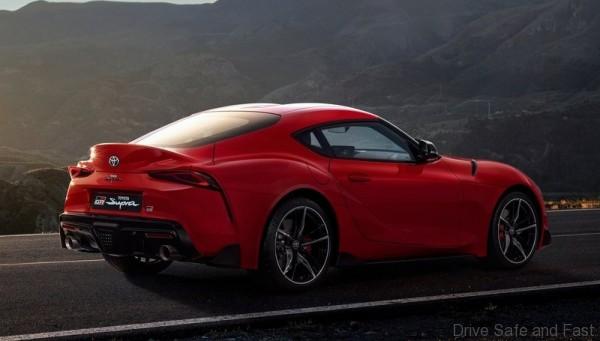
A newly designed suspension (front: double-joint spring strut; rear: multi-link) is characterized by reduced unsprung weight, high-rigidity assembly, and minute movability.
Certain grades feature the Adaptive Variable Suspension system, which provides a high level of both drivability and riding comfort by optimally controlling such elements as the selected driving mode and the damping force of each wheel’s shock absorber depending on the conditions of the road surface.
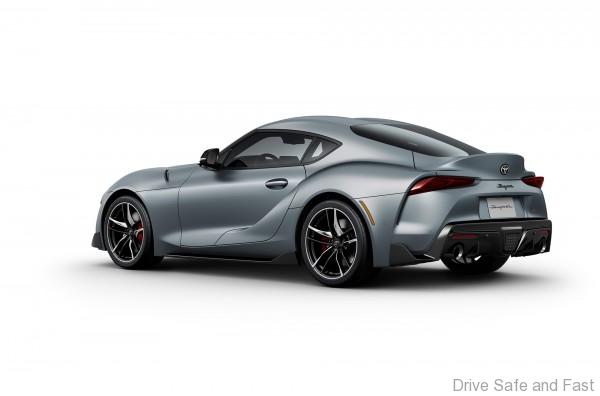
While coordinating with the Vehicle Stability Control system, an active differential optimally controls the locking ratio between the rear left and right wheels in a stepless range of zero to 100 by way of an electronically controlled multi-plate clutch.

When entering a corner, the differential selects the locking ratio for a high level of balance between turning performance and stability. When coming out of a turn with the driver pressing on the accelerator pedal, the locking ratio is increased for optimal traction performance.
The relatively short wheelbase results in a wheelbase-to-tread ratio of 1.55, one of the smallest ratios among mass-production sports cars, contributing to excellent turning performance.
An ideal 50/50 distribution in front/rear weight balance, which is one of the crucial elements in determining cornering performance, was achieved.
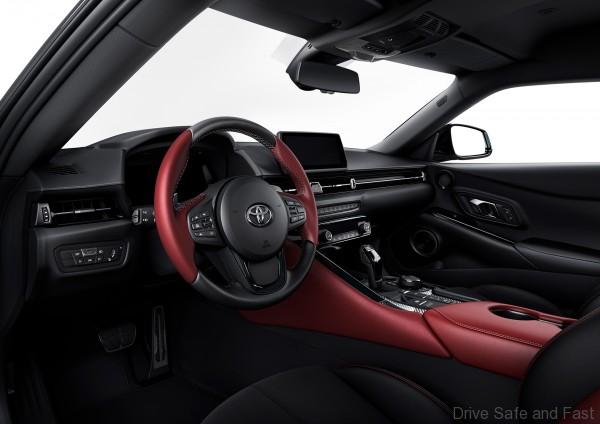
A driver’s seat-oriented, close-fitting, new-generation cockpit layout resulting from a shift-by-wire gearshift, an 8.8-inch TFT gauge display, and a large, full-colour head-up display
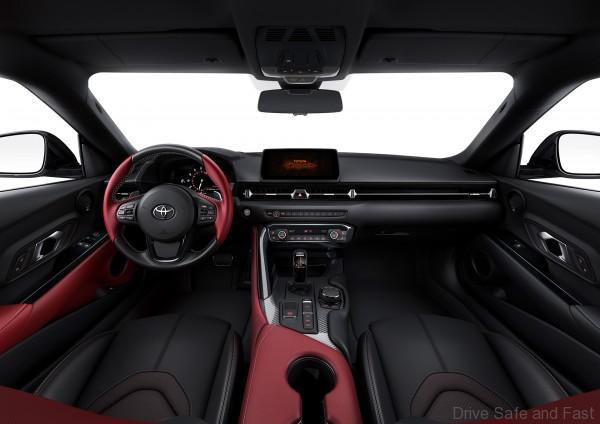
A high-rigidity body for a higher state of driving performance
With a skeletal structure that employs both aluminium and steel, and by pursuing ways to increase bonding strength among materials of differing composition, body rigidity up to 2.5 times higher than that of the 86 was achieved. Rigidity is even higher than that of the Lexus LFA, which features a cabin constructed of carbon fiber-reinforced plastics.

